Solar Racking and Attachment
Safe Solar Array Installation
For a long-lasting and safe Washington solar energy system installation, we must physically attach the system components to the underlying structure, which can be on the roof of a home or into the ground in a field. We’ll cover the racking and attachment technologies we use and the corresponding technology for each solar energy system application.
Racking and Attachment
Racking and attachment technologies combine to securely fasten the solar panels and accompanying components to your roof. Racking refers to the rail structure where solar panels are placed atop and secured with bolts. To build the rail structure, attachments to the roof are made with lag bolts screwed into roof rafters or decking. Some solar energy systems use rail-less racking methods; the type we use depends on the application and design of the solar panel array.
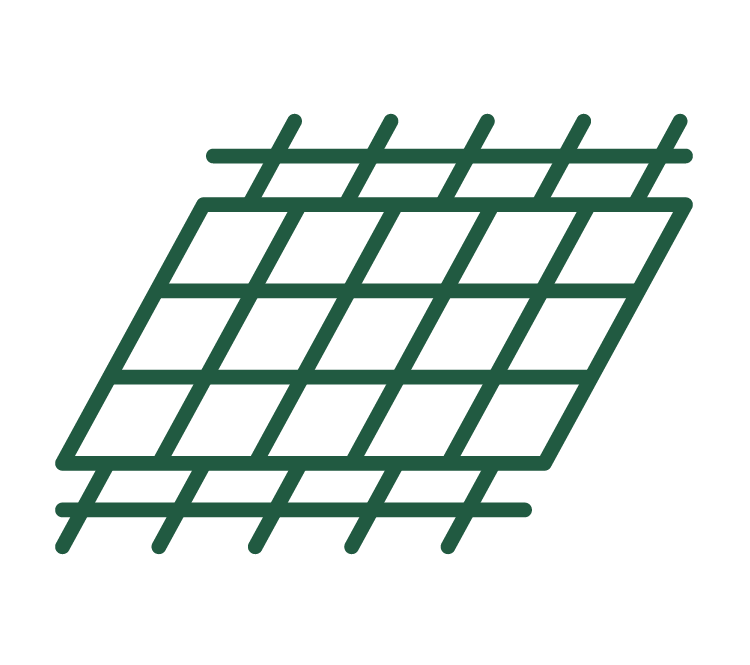

Racking vs. Attachment
Racking and attachment technologies combine to securely fasten the solar panels and accompanying components to your roof. Racking refers to the rail structure where solar panels are placed atop and secured with bolts. To build the rail structure, attachments to the roof are made with lag bolts screwed into roof rafters or decking. Some solar energy systems use rail-less racking methods; the type we use depends on the application and design of the solar panel array.
Rail-Less Racking System
Rail-less racking systems utilize rooftop attachments for solar panel fastening. These systems lie closer to the roof, allowing for a lower profile than rail-racking systems. We will design some rail-less solar arrays on composite shingles or flat-pitched membrane roofs.
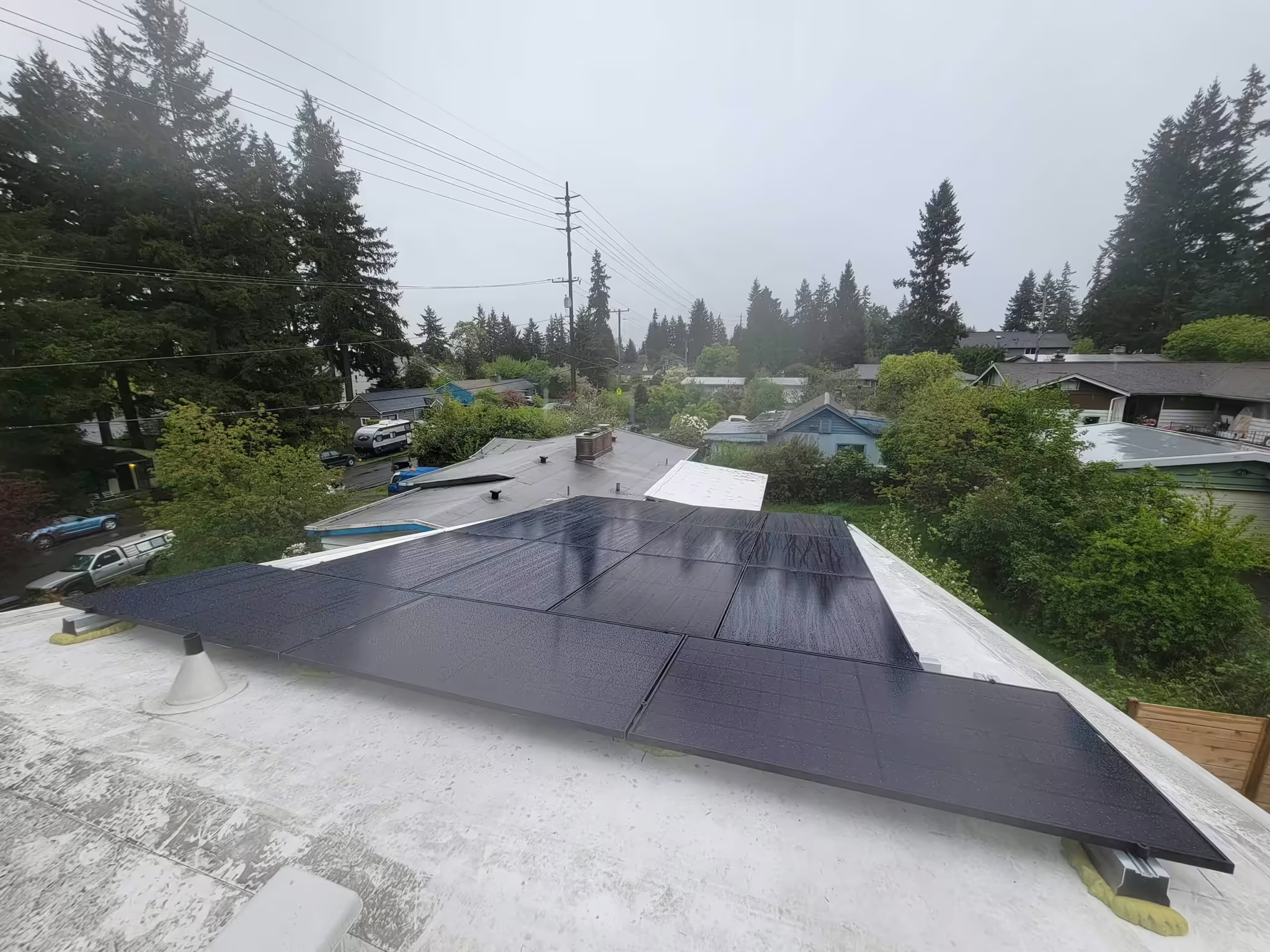
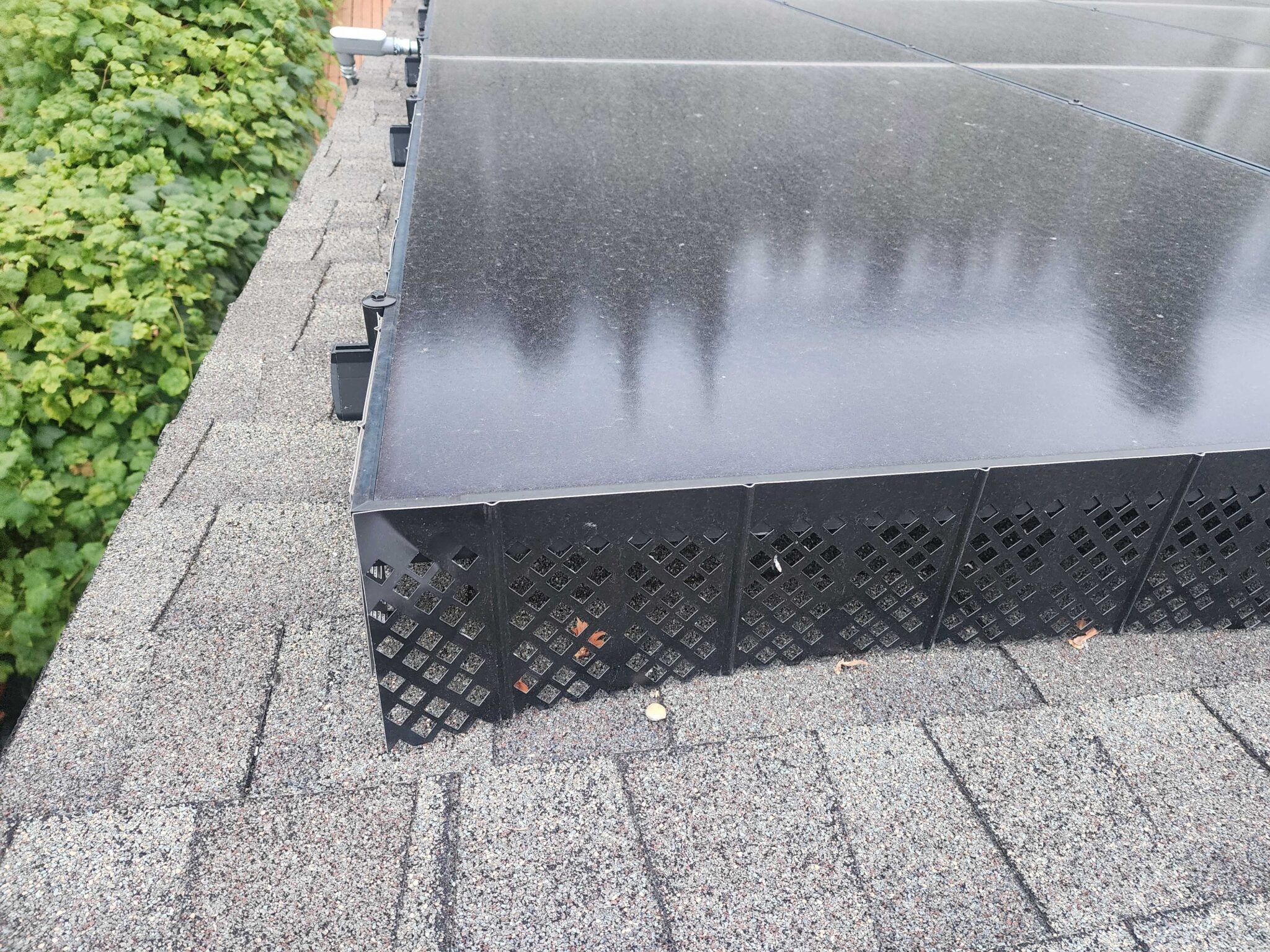
Critter Guards for Roof-Mounted Solar Arrays
A critter guard is a protective barrier or cover designed to prevent animals such as birds, squirrels, or rodents from accessing or nesting under solar panels. These guards are made of durable metal and protect the entire perimeter of the solar array. If you want to install a critter guard for your solar array, please get in touch with us today or mention it to our solar sales technician as we design your solar energy system!
Roof Attachments by Brand
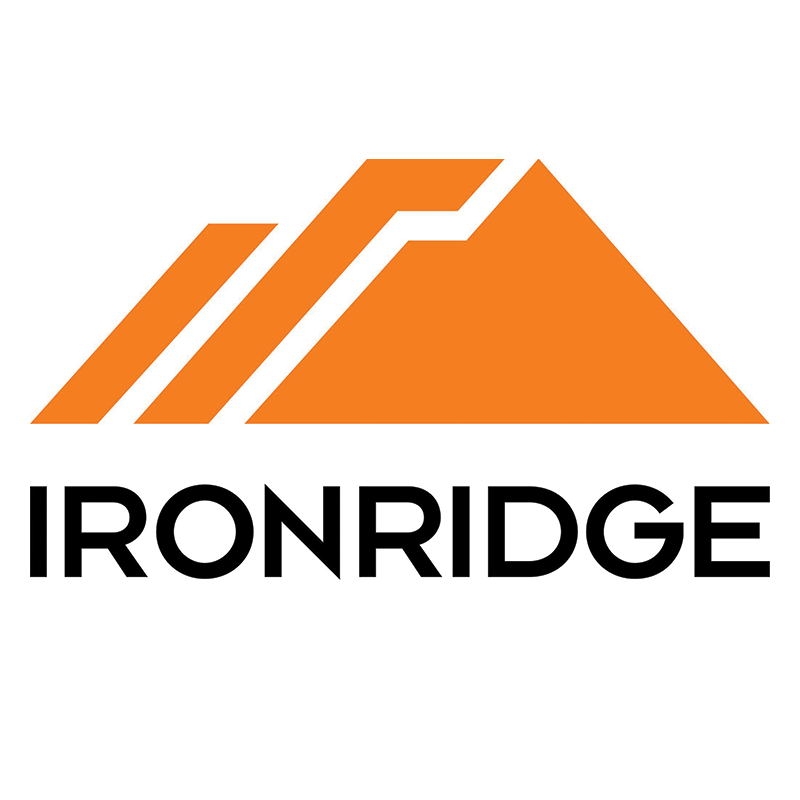
IronRidge
IronRidge provides custom engineering for your mounting and railing system using your roof details and location. The result is structurally sound and can withstand up to 100 miles per hour wind and snow loads for your site. They are part of one of the largest solar mounting solution providers globally, Esdec, which makes their warranty very bankable.
For composite roofs, attachment points go every four feet. Each attachment features IronRidge’s Three-Tier Water Seal with multiple layers of protection against water intrusion described in this tech brief. Rails are of marine-grade aluminum alloy then protected with an anodized finish. Rail shape functions to resist twisting in the wind. The result is Designed and Certified for Compliance with the International Building Code & ASCE/SEI-7. To learn more, see IronRidge’s Pitched Roof Design Guide or explore their website for ground mount or other situations.

S-5!
Pairing solar PV with metal roofing is a wise decision. A roof-mounted solar plant is a significant investment! Modules today typically have an average service life of more than 30 years.
S-5! Offers a Variety of Engineered Solutions for mounting solar PV and Related Components on Both Standing Seam and Exposed-Fastened Metal Roofing
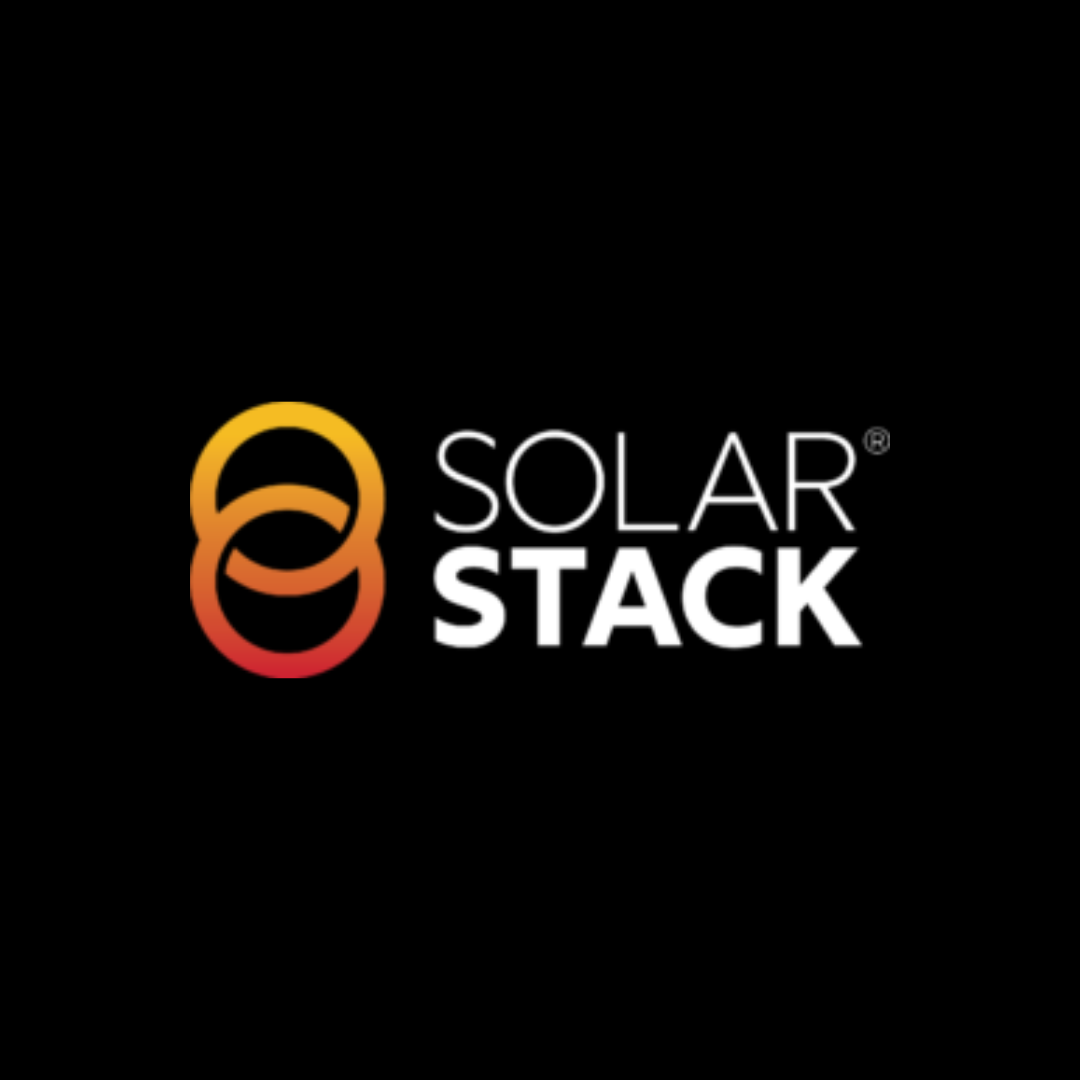
Solar Stack
Solar Stack is a groundbreaking solution in solar panel mounting, redefining installation practices with its damage-free approach. Departing from traditional drilling methods, it employs a spray polyurethane foam adhesive for securely bonding mounts to the roof surface. By eschewing drilling, Solar Stack safeguards roofs from potential harm, setting itself apart from conventional mounting systems. Its exceptional speed and lightweight design further distinguish it as the swiftest and most agile racking solution for solar panel installation in the industry.
Washington Solar Ground-Mount
Our solar ground-mount installations use various technologies to secure solar panels to the ground, enabling efficient energy generation in locations where roof-mounted applications are not feasible or desirable. These methods typically involve directly anchoring metal or aluminum frames into the ground using concrete footings, ballast blocks, or driven piles. Alternatively, we use ground screws or helical anchors for installation on softer ground without the need for extensive concrete work. Once securely anchored, the solar panels are mounted onto the frames, typically at a 30-degree angle, allowing them to capture sunlight and convert it into electricity. Ground mount attachment methods offer versatility and scalability, making them suitable for various terrain and environmental conditions.
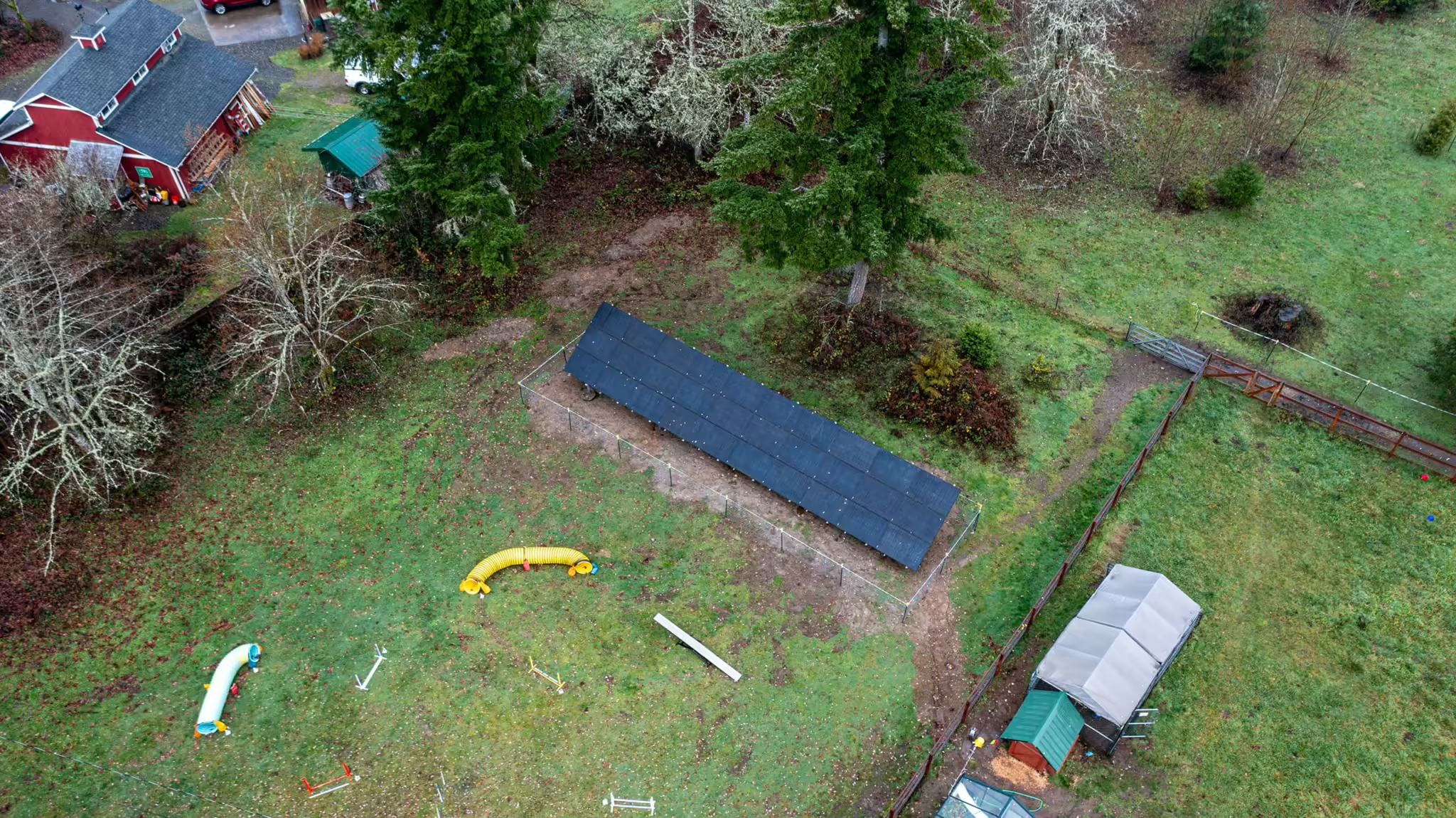
Solar Panel Attachment Method by Roof Type
If you want to learn more about the racking method we use for each roof type found in Washington, head over to our blog, which breaks it all down! Find photos and examples of the roof types and the technologies we use to fasten your solar array securely.

